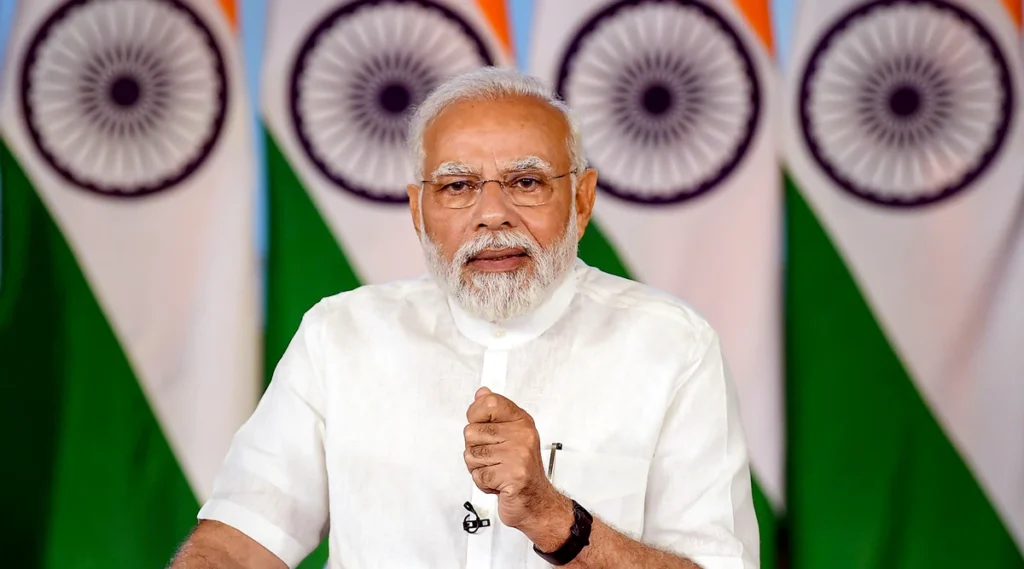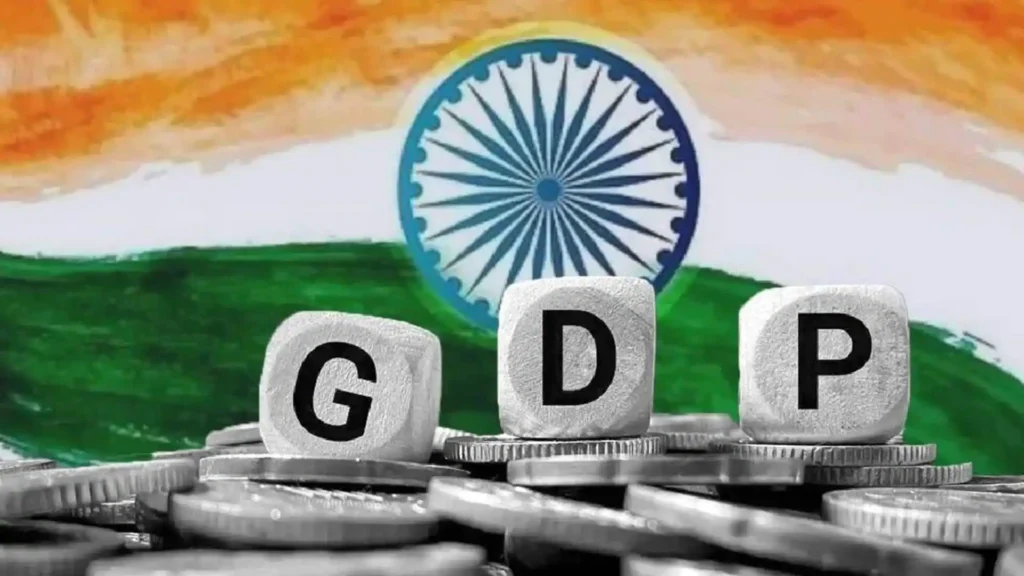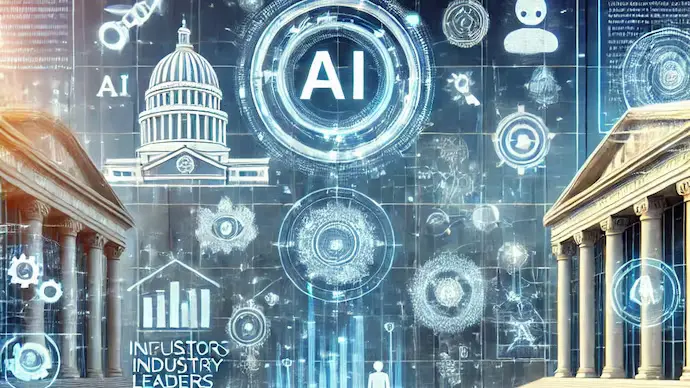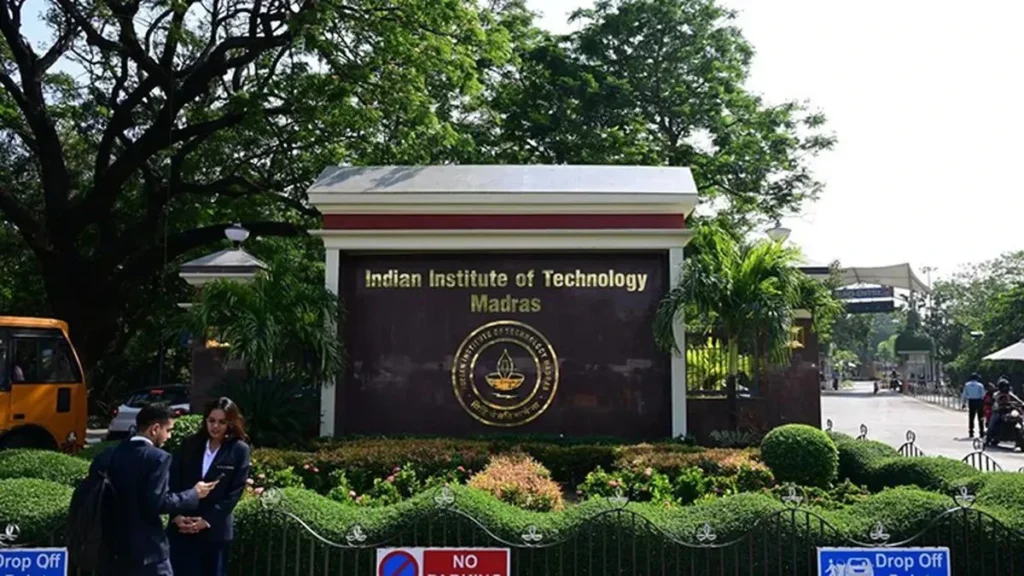India’s Digital Trust Revolution: National Blockchain Framework Redefines Governance
In the backdrop of India’s fast-evolving digital ecosystem, a quiet yet powerful transformation is underway—rooted not in additional red tape, but in a foundation of trust. The National Blockchain Framework (NBF), introduced by the Ministry of Electronics and Information Technology (MeitY) in September 2024 with an outlay of ₹64.76 crore, represents India’s strategic push toward embedding transparency, integrity, and accountability within digital governance. For decades, governance in India operated through siloed databases and hierarchical permissions, often slowing down service delivery and leaving room for inefficiencies or manipulation. The NBF signals a fundamental shift—from centralized control to decentralized validation, leveraging blockchain’s core principles of immutability, shared ledgers, and trust-by-design systems. At its core, the framework is powered by the Vishvasya Blockchain Stack—a homegrown, modular “Blockchain-as-a-Service (BaaS)” platform managed by the National Informatics Centre (NIC). The stack operates across data centers in Bhubaneswar, Pune, and Hyderabad, forming the technological backbone of this nationwide initiative. Complementing it are two crucial components: NBFLite, a sandbox environment fostering innovation by allowing startups, researchers, and educational institutions to experiment with blockchain-based solutions. Praamaanik, a blockchain-enabled verification tool ensuring mobile applications’ authenticity. The results, even at this early stage, are impressive. As of October 21, 2025, over 34 crore documents have been verified using the platform—spanning property records, judiciary databases, logistics systems, and educational certificates. What began as an ambitious architectural blueprint has swiftly evolved into a functional ecosystem delivering real-world trust and efficiency. For citizens, this translates to instant verification and reduced dependency on intermediaries. For governments, it ensures secure, auditable processes resistant to tampering. For businesses, it creates a transparent environment that enhances compliance and confidence. Collectively, it strengthens India’s push for Atmanirbhar Bharat, by nurturing indigenous technology and reducing reliance on external blockchain systems. However, this transformation isn’t without hurdles. Integrating blockchain across diverse state systems and departments demands continuous skill-building, harmonization of legal frameworks, and alignment between policy and technology. Equally vital is citizen awareness—without which digital trust cannot fully take root. Echoing Prime Minister Narendra Modi’s vision that “Digital India is an empowered India,” the NBF stands as more than an infrastructure project—it’s a reimagination of governance built on verified truth and transparency. As the framework expands, India is poised to witness governance that’s faster, verifiable, citizen-driven, and inherently trustworthy—anchored by a digital backbone designed for trust. Source: DD News
India’s Digital Trust Revolution: National Blockchain Framework Redefines Governance Read More »










